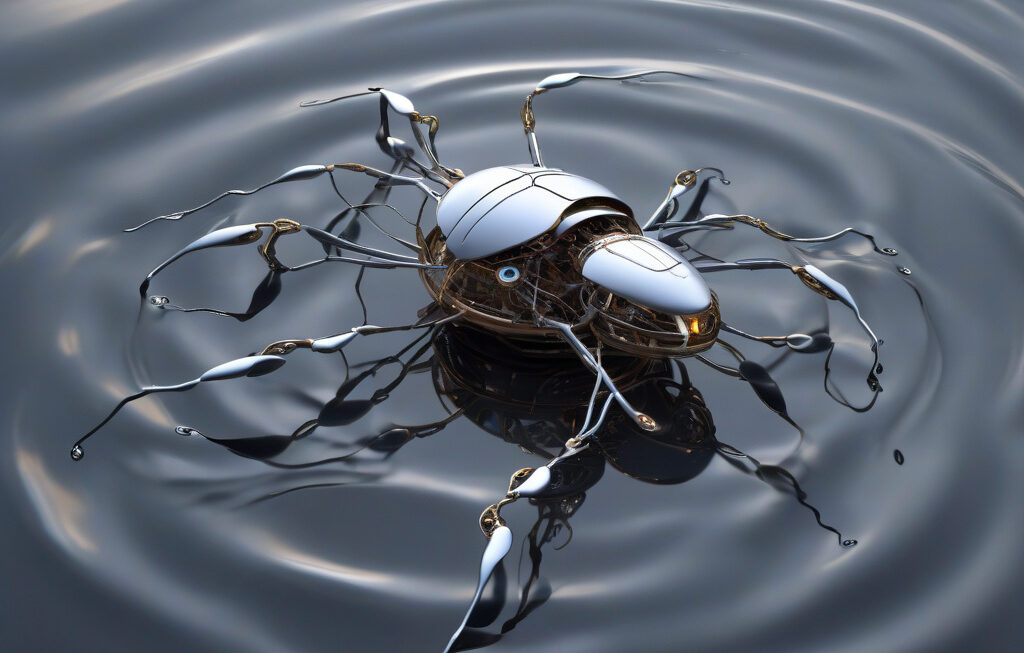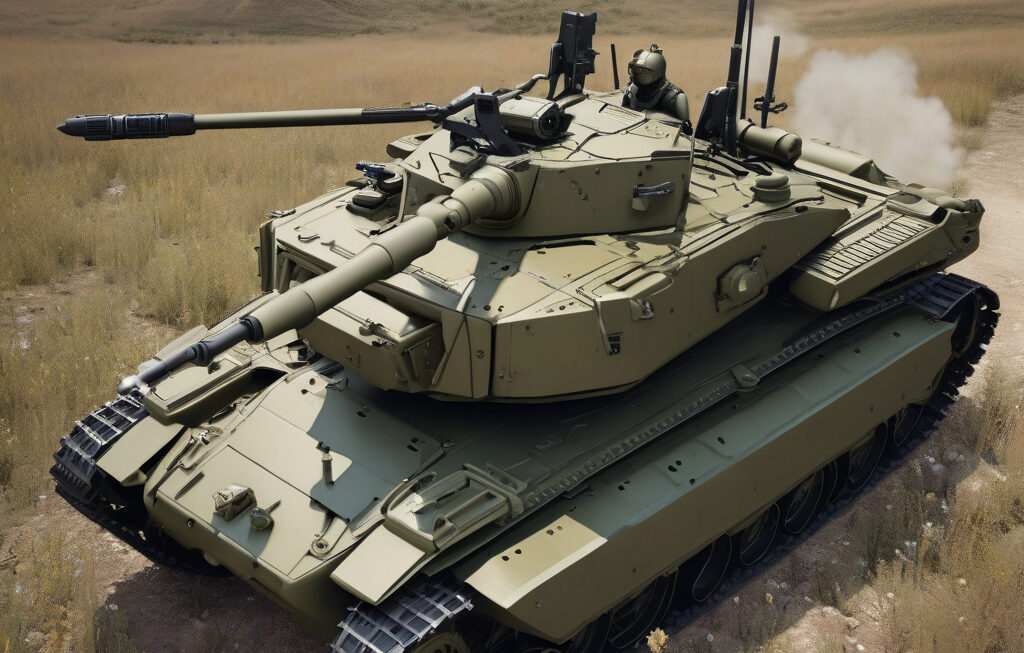Owl-Inspired Drones: The Future of Skyscraper Inspections and Offshore Wind Farm Monitoring
Drones have become vital tools for deliveries, inspections, and emergency response. Yet their designs remain largely unchanged, often struggling with maneuvering through tight spaces and challenging environments. However, a new innovation inspired by nature could revolutionize the capabilities of drones, particularly in navigating through skyscrapers and inspecting offshore wind farms.
Drawing inspiration from the silent flight of owls, researchers at the University of Manchester have developed a groundbreaking drone prototype that mimics the unique wing and feather structure of these nocturnal predators. By incorporating features such as leading-edge serrations, trailing edge fringe, and a flexible wing geometry, the owl-inspired drone is able to reduce aerodynamic noise, improve maneuverability, and enhance overall efficiency.
One of the key advantages of these owl-inspired drones is their ability to fly silently, making them ideal for conducting inspections in urban areas without causing disturbance to residents. This feature is particularly valuable when inspecting skyscrapers, where noise pollution can be a significant concern. By utilizing biomimicry to emulate the silent flight of owls, these drones can navigate through complex architectural structures with ease, capturing high-resolution images and identifying potential maintenance issues.
Moreover, the agility and precision of owl-inspired drones make them well-suited for monitoring offshore wind farms, which are often located in remote and harsh maritime environments. Traditional drones may struggle to withstand strong winds and saltwater exposure, limiting their effectiveness in conducting routine inspections and detecting defects in wind turbine blades. In contrast, the biomimetic design of owl-inspired drones allows them to adapt to changing wind conditions and perform detailed inspections with greater accuracy.
In addition to their practical applications, owl-inspired drones also offer environmental benefits by reducing energy consumption and minimizing carbon emissions. By optimizing their flight efficiency based on the natural principles of owl wings, these drones can achieve longer flight times and extended operational ranges, making them more sustainable for large-scale inspections and monitoring tasks.
As the demand for drone technology continues to grow across various industries, the development of owl-inspired drones represents a significant advancement in enhancing the capabilities of these aerial vehicles. By harnessing the power of biomimicry and integrating it with cutting-edge engineering principles, researchers have unlocked new possibilities for drone applications in complex and challenging environments.
In conclusion, owl-inspired drones have the potential to transform the way inspections are conducted in skyscrapers and offshore wind farms, offering a silent, agile, and sustainable solution for aerial monitoring tasks. With further research and development, these biomimetic drones could soon become indispensable tools for industries seeking efficient and environmentally friendly aerial inspection capabilities.
drone technology, biomimicry, aerial inspections, sustainable innovation, owl-inspired drones












